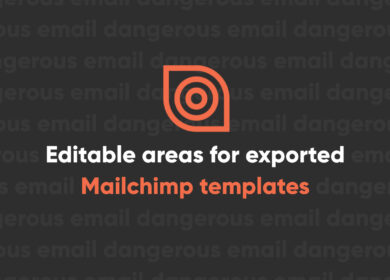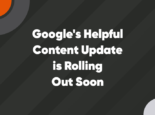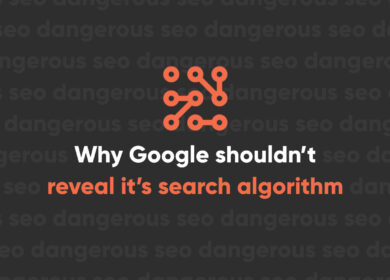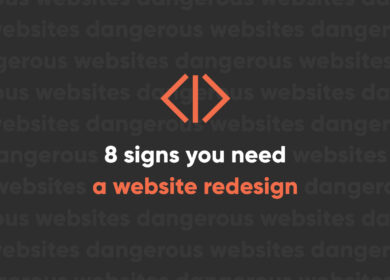
What is Quality Content and How Do You Create It?

The term “quality content” is often thrown around in digital marketing. But has anyone noticed the term itself is pretty ambiguous? A lot of marketers might be scratching their heads trying to figure out what this means so they don’t lose their rankings in SERPs. After all, it’s not like Google’s definition of quality content is all that exact and definitive.
If you’re one of those marketers who is confused about what quality content means for your site rankings, you’re not alone.
In this blog, we will explore what exactly quality content is, why it’s important, and some tips on how to create it.
Google’s Definition of Quality Content
Google, the king of search engines, has offered its definition of quality content. Google’s John Mueller describes this as:
“When it comes to the quality of content, we don’t mean just the text of your articles – we mean of your website as a whole. That includes everything from the layout to the design. Like, how you have things presented on your pages, how you integrate images, how you work with speed. All of those factors kind of come into play there.”
This definition expanded to include more than what a lot of people probably thought. People often discount the importance of things like page speed, but Mueller is here to remind you that it is important. The bottom line is that Google defines quality content as more than texts on a screen. It encompasses your entire site and how those factors all integrate together. This is important because there are a lot of articles and chatter out there that will tell you quality content is about just the articles and content itself. Following those suggestions will not help your performance in search rankings.
How Do We Define Quality Content?
The term quality content has changed a lot over the years. It used to be only focused on contextual attributes like word count, spelling, readability, etc. However, it has changed to encompass more than that now.
Marketers have now turned to what is called the E-A-T principle. E-A-T is a part of Google’s quality standards and a part of their evaluator guidelines. E-A-T stands for:
- Expertise: What is the content creator’s level of expertise and knowledge?
- Authoritativeness: Is the information and knowledge shared by the author or creator reliable?
- Trustworthiness: Can the author and domain be trusted?
Perrill SEO Specialist Tyler Hanna says if people follow the E-A-T principle, they will produce high-quality content that is valuable and beneficial for both the user and the business.
4 Characteristics of Quality Content
There are a lot of different factors of high-quality content. Here are four characteristics of quality content that we believe are important:
1. Beneficial for End-User
Content is meant to be written with the end user in mind, not the search engine. Google is ever-changing its ranking factors to make sure users are getting the content that is most valuable and relevant. Long story short, if your content is delivering value, Google will detect it and therefore give you higher rankings.
Of course, you want your audience to know about your product, service, etc. But it is also important to consider them and what they are interested in. Ask yourself these questions when trying to figure out what they want to see:
- What are their interests or hobbies?
- Do they follow any news, influencers, etc. that relate to my business?
- What problem do they have and what solution can my company offer to them?
Tyler also believes that above all else, high-quality content should be beneficial for the end-user. He provides the example of a short-written piece of content intended to make money over a well-detailed, informative piece of content with trusted outbound links. The informative piece with good outbound links will be considered higher-quality content than the shorter piece.
2. Readability
Unreadable content is not ideal for search engines because it is not clear to your audience. For good content to be engaging, it must be readable. Many factors, including grammar, word complexity, and even industry jargon, can affect readability.
If you’re wondering how to make your content more readable:
- Use shorter paragraphs
- Use headings and sub-headings to break up paragraphs
- Get to the point in the most concise way possible
- Avoid overcomplicating your words
It is important to give your reader breathability by breaking up your sections and adding headers or sub-headers. Without breathability, users will go in search of content that is readable. Therefore, the search engine will favor that site over yours because the user is getting a clear understanding of its offerings.
3. UX-Optimized
Content is not just about words on a page. It also encompasses the overall user experience of your site. The combination of all those factors will contribute to high-quality content.
Here are some tips to make sure your site is optimized for UX:
- Opt for a more simplified design and layout
- Use hierarchy in your texts and articles
- Double check to make sure your site is compatible with multiple devices
- Have good page speed
- Have quality backlinks and avoid 404 errors
4. Conduct Thorough Research
A high-quality page should show your audience that you are authoritative, knowledgeable, and trustworthy.
You may be wondering how you can make sure your content reflects the EAT principle discussed above. The answer is through thorough research. Having done extensive research on your topic will help display in-depth knowledge and increase your authoritativeness and credibility on the subject matter. Different ways you can provide in-depth knowledge are by:
- Leveraging timely and accurate information
- Citing credible sources
- Building more quality links
- Hiring SEO experts
- Obtaining more mentions
If your site is a YMYL site (Google’s acronym for “your money your life”) or if you offer things like legal, financial, or medical advice, then extensive research and the EAT principle are crucial to your page. According to Google: “We have very high standards for YMYL sites because low-quality pages could potentially impact a person’s happiness, health, financial stability, or safety.”
A Quick Recap
Quality content involves more than just a good blog. It must provide a good user experience each time someone comes to your site. For it to provide a good user experience, it is important to take into account things like page speed, design, images, readability, and much more.
Above all, make sure each piece of content provides the user with value. Following the EAT principle (expertise, authoritativeness, and trustworthiness) is a great principle to follow to make sure your content is high-quality and valuable.
SEO and content go in tandem. They can’t work separately. It is crucial to understand how these two complement one another and to know that if you want to rank highly, you need to be creating quality content.
If you are unsure of where to start in creating quality content to maximize your SEO efforts, we’re here to help. Perrill is a unified digital agency because we know that the best results happen when services work seamlessly together.





